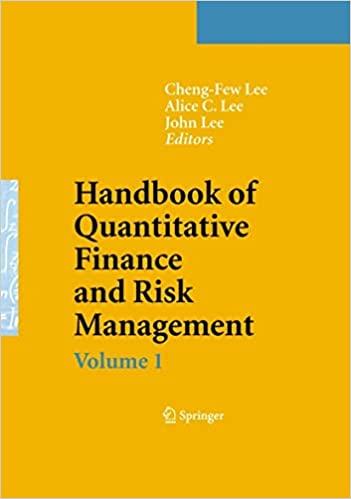The simple facts that culminated in the takeover of ABI Bank by the Eastern Caribbean Central Bank (ECCB), revolved around a Government's large scale borrowing and wild spending agenda, utilising its economic leverage of Government business and deposits to lure ABI Bank into lending it over $300 million out of a loan portfolio of $800 million and not repaying even with a formal demand letter. ABI Bank found itself in difficulties after exceeding a prudential level of lending to the Government of Antigua. Both the central government and its statutory bodies borrowed heavily from the bank. When the financial crisis hit came in 2009 and 2010, ABI Bank tost over $200 million in international deposits by international investors who moved their deposits out to cover their losses on international stock markets. The Bank also lost money from its own investments in the stock market, and banking investments in Turks and Caicos, Haiti and offshore Bank. This was not unique to ABI Bank as most banks in North America and Europe had similar experiences. Having lost essentially 20% of its deposits, in the short period of three months at the end of 2008, ABI Bank was unable to continue lending any new Money, Government deposits were removed and government business with the bank was reduced from $600 million annually to less than $50 million, robbing the bank of critically needed cash flow and fees. In one instance, ABI Bank used its reserve money held at the ECCB to finance a $60 million rond works to prevent major embarrassment from the world cup games pulling out of Antigua. Prior to the bank's takeover, it had been reported that there will be significant reduction in the value of their shares, with the current shareholders expected to receive one dollar for their share in the bank because of a negative share capital valuation, ABI Bank and its affiliated companies once employed over a thousand workers. ABI Bank had over 20.000 depositors in its 21 years of operations and accumutated over $800 miljon of eposits. Several offorts to mobilise private injection of capital by ABI Bank came to nought 2:31 PI Instructions Use the case of ABI Bank to answer the following question about ABI Bank. Your response should be submitted in paragraph format with total word count for parts a, b, and c of no less than 100. 1) (a) identify 3 types of risk that ABI Bank faced, giving specific examples from the case to show that the risks existed (6 points) (b) Define the 3 types of risks you identified (4 points) (c) Explain how each of the 3 risks contributed to the downfall of ABI Bank. (15 points)








